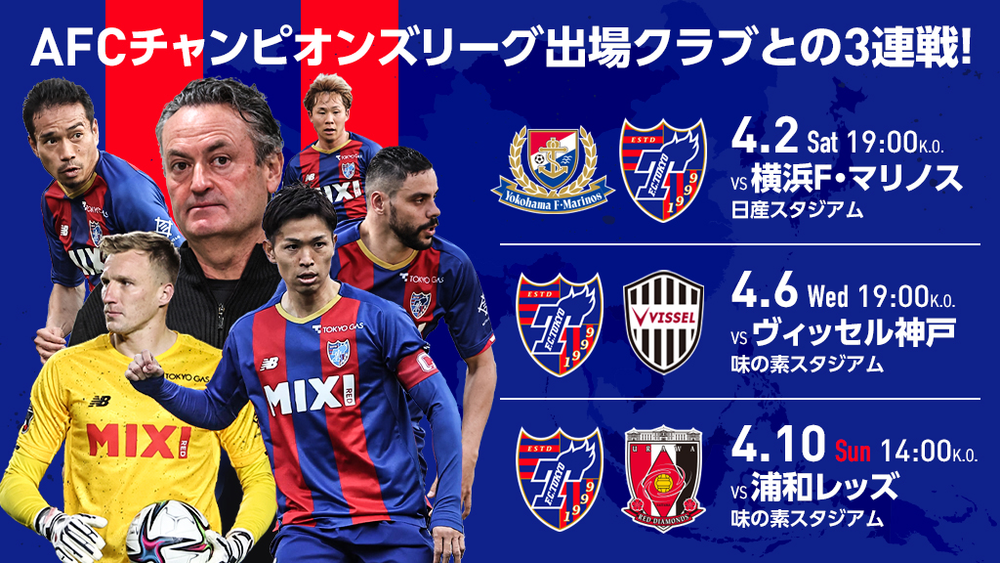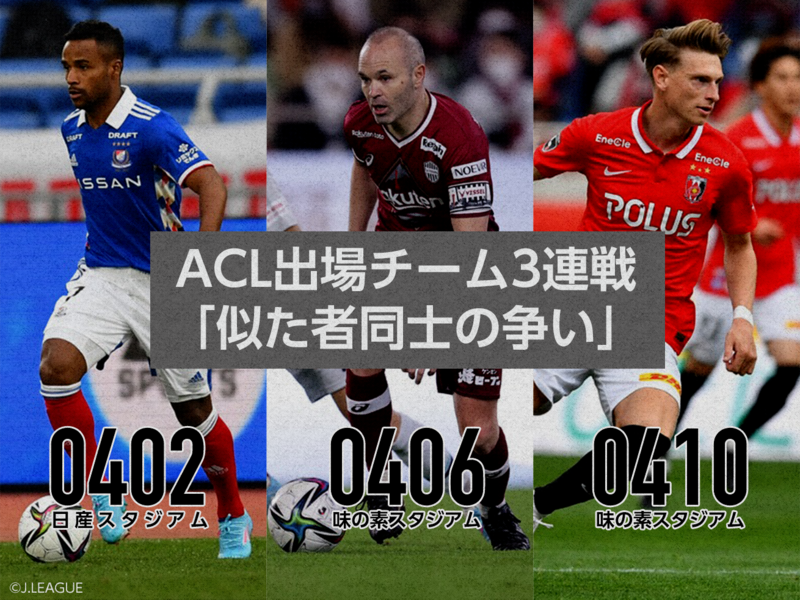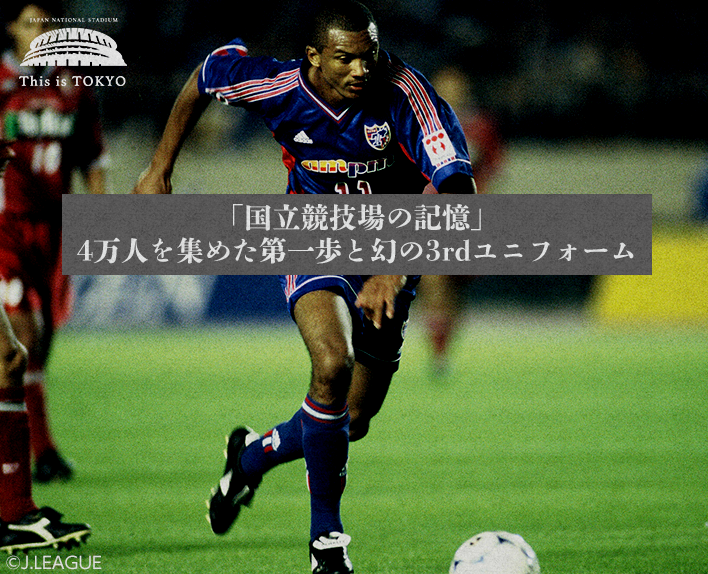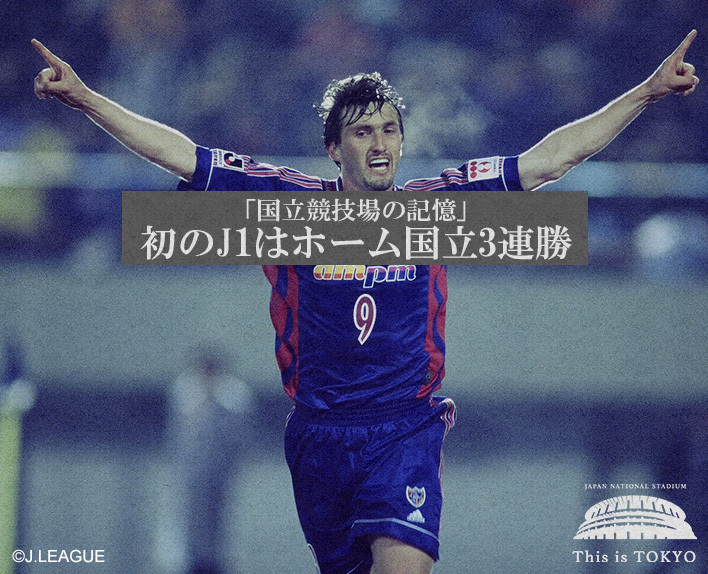3 consecutive matches against AFC Champions League participating teams
4/2 Yokohama FM (A) 4/6 Kobe (H) 4/10 Urawa (H)
"Battle of Similarities"
Is he really equipped with reliable skills? It will be a great opportunity for Albert Tokyo to know his current position. A series of three games against AFC Champions League (ACL) participating clubs (Yokohama F.Marinos, Vissel Kobe, Urawa Reds).
It is also a battle between similar opponents.
No matter where the opponent is, it is because we share the ideology of being the main character. The formation that goes along with it is also very similar. We carefully pass the ball from the back, constantly circulating possession and recovery of the ball in the enemy's territory, and attacking relentlessly. That is the ideal image.
The signboard represents a high-speed transition characterized by high-quality possession based on positional play and counter-pressing. These can be said to be a modern team that is like the front and back of a single coin. Of course, the J1 champion Kawasaki Frontale, who faced each other in the opening game, is also like that.
You can see the numbers. Looking back at the average ball possession rate per game from last season, Yokohama FM was at 60.0% (1st place), Kobe at 55.0% (4th place), Kawasaki at 54.6% (5th place), and Urawa at 54.0% (6th place), all ranking high. This season, Kobe is at 59.1% (1st place), Yokohama FM at 54.6% (3rd place), Urawa at 52.2% (tied for 5th place). And Tokyo, who was tied with Urawa, has now switched from being "have-nots" to "haves" under their new coach.
(Source: [J.League Official] Looking back on the 2021 season with data)
(Data as of March 25th, provided by JSTATS)
The battle scene of this 3-game series is probably different from that of the winning streak. In addition to the work of evading pressing, a big focus will also be on how to disrupt the enemy's passing work. In that sense, the experience of giving Kawasaki a hard time in the opening game should definitely come in handy.
On the other hand, it is unknown how much the team can maintain their level of strength in the consecutive matches in three days. On the other hand, the teams in the ACL have already experienced consecutive matches. In addition, teams like Yokohama FM have been promoting new players to the starting lineup one after another during this process, and have gained considerable confidence. In that sense, it is a competition where the overall strength, including the player depth, is severely tested.
If you are looking for the toughest opponent at this point, it would be Yokohama, who we will face in the first match of the three-game series. Both their offense and defense are still strong. They run, they run a lot. Their average running distance and sprint count per game are both ranked 3rd in the league. They are a different type of opponent from Kobe and Urawa, using their running ability as a weapon.
This season, possession of the ball is high, but what is troublesome for Tokyo is the counter attack, which can be called the fastest in J1. They send their fast-footed wingers behind the line and quickly go for the kill. In fact, even Kawasaki fell to a lightning-fast counterattack. If they carelessly lose the ball in the midfield, it could be fatal.
Even if the fullback is put on the back foot in a one-on-one with the winger, the risk of conceding is greatly increased. Kawasaki's left side, Kyohei NOBORIZATO, was beaten by the opposing Elber, resulting in multiple goals being conceded. Additionally, attention must be paid to defending crosses. The opposing winger suddenly appears from outside the defensive line's field of vision to attack the ball from the opposite side, making it difficult to defend.
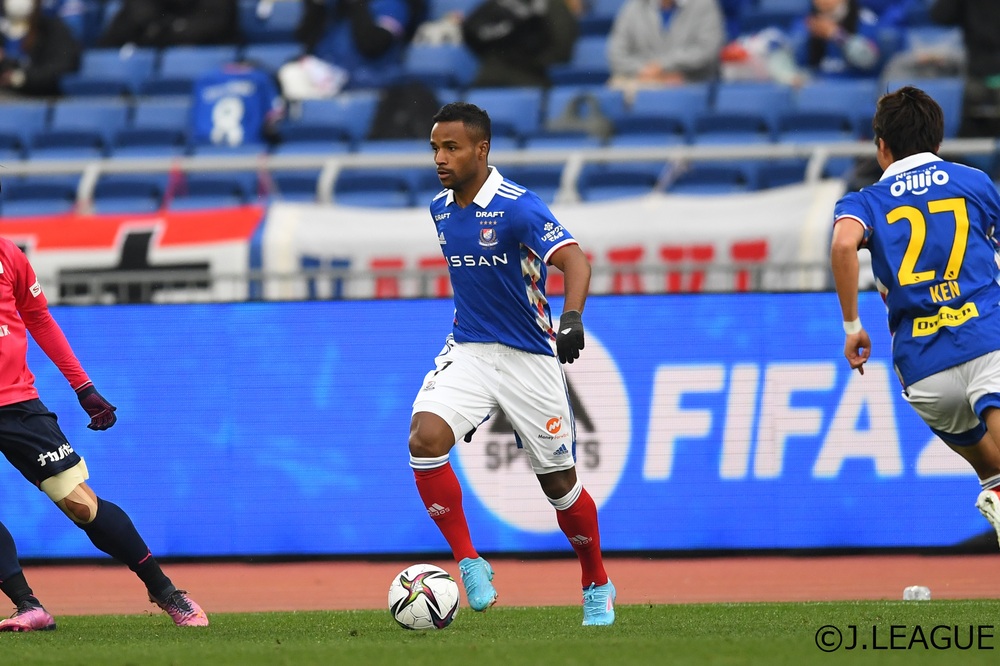
On the left, Ryoya OGAWA is of course important, but the performance of the right side back who enters is the key. Yuto NAGATOMO, who has been through countless battles, has returned from the national team.
Susumu WATANABE does not have enough experience in this position, so it remains to be seen how well he can adapt. This includes the role of covering as a center back, which will be crucial in preventing goals.
No, the difficulty of sealing the wings should be the same for Yokohama FM. If we let Kazuya KONNO on the right and Adailton on the left play freely, it won't end well. The destructive power of both wings is also a strength of Tokyo. Furthermore, they have a rocket pass that can penetrate the back line in one go and a diagonal pass to the opposite side. Moreover, there are three players (Masato MORISHIGE, Yasuki KIMOTO, Takuya AOKI) who can make those passes.
If we dare to focus on one point of the decisive battle, it would be the battle between the wings and backs over the "width and depth" of the pitch. If neither side is willing to retreat and are prepared to exchange blows on a shallow line, it will be a continuous thrill and suspense. Is a flashy shootout what Tokyo, who is riding on a 3-game winning streak, hopes for?
The next Kobe match is difficult to predict. After all, the opponent has not gained any points since the opening and has just changed their coach. The game plan itself is expected to continue, but the starting lineup and formation are fluid. On the other hand, Tokyo will likely make changes to the starting lineup against Yokohama FM, as they only have three days of rest.
When it comes to Kobe, regardless of player selection or formation, the build-up goes through the pivot. Sergi SAMPER was the compass for this. However, due to an injury during the ACL playoffs, there is a high chance that new player Takahiro OHGIHARA will take on that role. OHGIHARA's use as a pivot has already been tested.
Kobe's ball possession rate is still high this season. However, compared to last season, it takes more time and effort to build up. This is partly due to the departure of Thomas FERMAREN, who was able to deliver high-quality passes from the back, increasing the burden on the pivot. When Tokyo switches to a defensive strategy, that should be one of the targets. It's about shutting down the pivot.
The most dangerous presence is Andres INIESTA, but it would be good to stop his breath before the ball reaches him. Sergi SAMPER's role is to "hunt" the ball as an inside MF. If we can gain an advantage in this attack and defense, the flow will naturally lean towards Tokyo. Kuryu MATSUKI and Shuto ABE are sharp in their approach and tough and tenacious in their battles for the ball. With only 3 days in between matches, there is a possibility of changing the midfield lineup and formation, but the mission will remain the same no matter who steps onto the pitch.
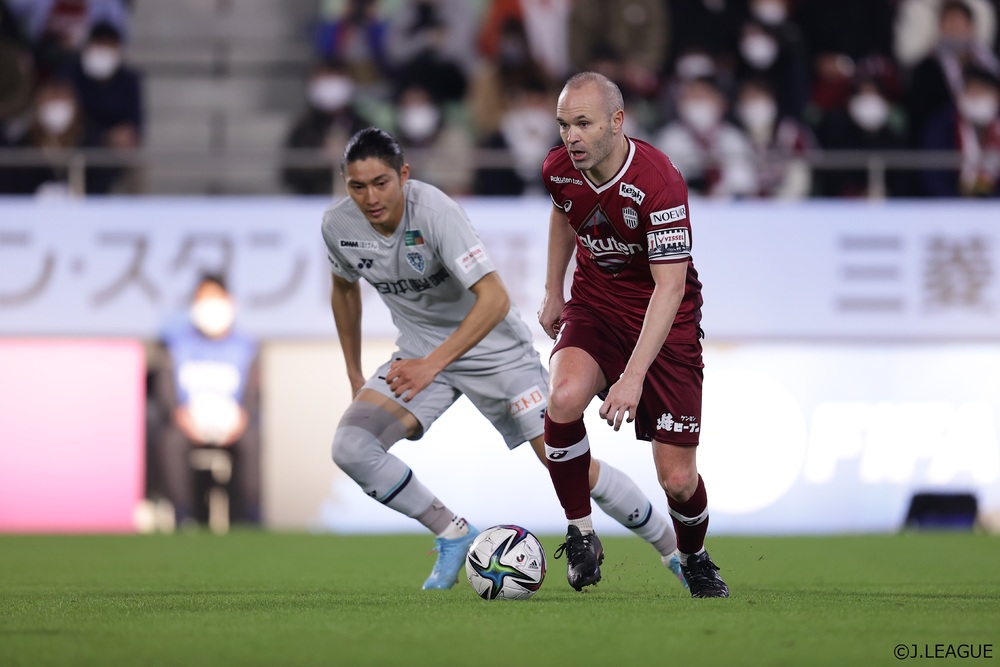
Compared to last season, the intensity of Kobe's press has dropped, which is a tailwind. It is likely that they will make adjustments during the break, but it may not return to the level of good form easily. In the first place, Tokyo has already experienced fierce press against Sanfrecce Hiroshima and Kyoto Sanga F.C. Once they start attacking, they believe they can create plenty of chances.
The final match of the 3-game series is a decisive battle against Urawa. The enemy commander, Ricardo RODRIGUEZ, also attracts attention for being from the same country as Albert. Both are expected to have hidden expectations.
Urawa stumbled with no wins in the first 4 games of the season, but secured a victory in the 3rd round against Shonan Bellmare and had a big win of 4-1 against Júbilo Iwata in the 5th round. They entered the mid-season break with a rising tide of momentum.
However, there is a dilemma. The selection of the top striker. Who should be placed here? If we prioritize finishing ability, the only choice is the main striker Kasper JUNKER, but there was a concern that it would be difficult to press from the front line. Taking that into consideration, we used the pressing machine Takahiro AKIMOTO from the opening game and gained a strong offense and defense, but now we are struggling with a lack of finishing ability. Akimoto is not a pure goal scorer.
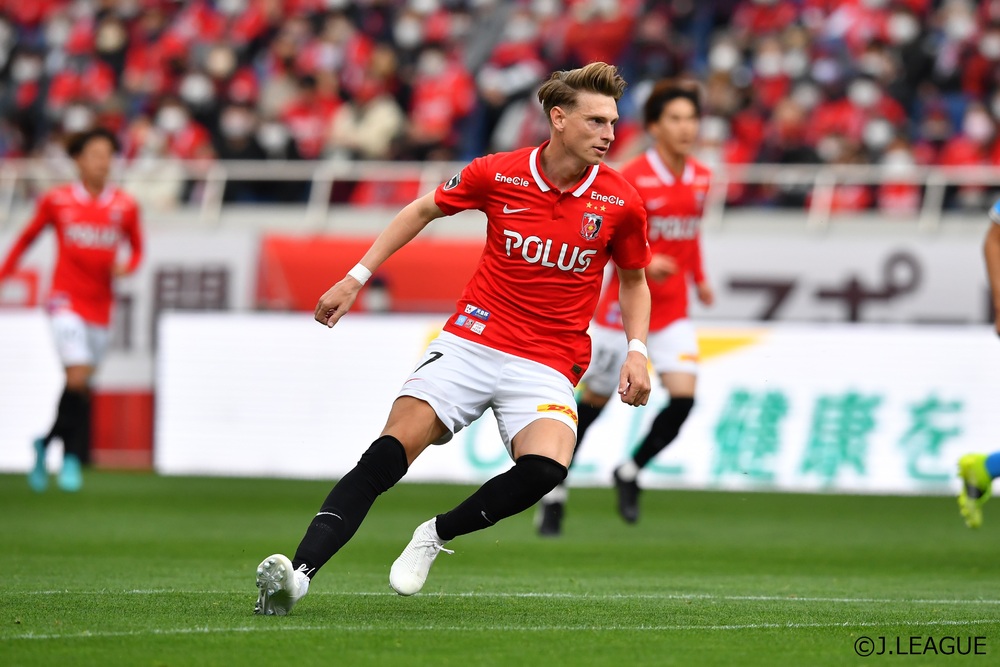
In the Iwata match, Junker, who was used as a starter, scored as expected, and we were able to achieve a successful victory by bringing in Akimoto in the second half. However, it is unlikely that this relay system is a solution. This time, I wonder if Akimoto will be used as a starter. If the press intensity is not enough, Tokyo will likely pass the ball around easily.
Then, what about the scoring ability? He is getting a new solution. David MOBERG, who made a shocking debut in the Iwata match. He is not a goal scorer, but a winger with scoring ability. Once he has the ball, he will quickly take it to the finish. Whether he starts or comes off the bench, he is definitely a player to watch out for, along with the attacking midfielder Nito Esaka.
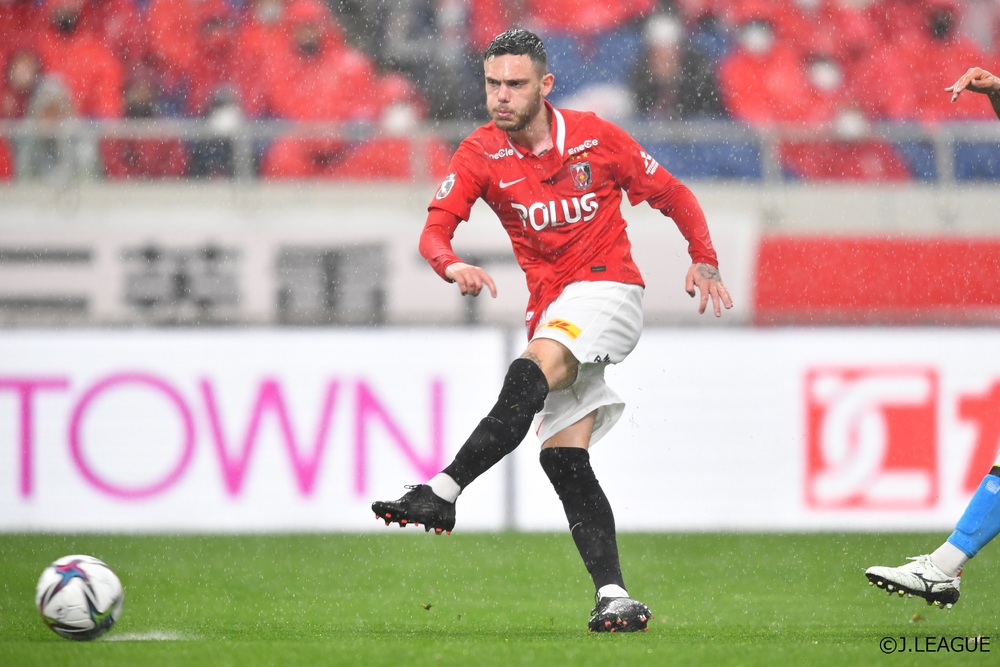
In addition, in the match against Iwata, the Tokushima Vortis adopted the variable system that was attempted during the time when they were led by the team. The defensive formation is 4-4-2, and the offensive formation transitions to a 3-4-2-1 where one side full-back pushes up and the same side midfielder narrows down to the center to take on one corner of the double shadow. When attempting to press from the front line, it seems necessary to keep in mind that there is such a tactic and respond accordingly.
However, Rodriguez is not the type of coach who sticks to one way of doing things. Regardless of success or failure, he has a wide range of strategies. If necessary, he is not afraid to solidify his defense and hold on for a win. This is quite different from Albert's approach. In any case, this is the final game of the three-game series. Not only the selection and formation, but also the enemy's plan is fluid. In order to secure a victory, the ability to respond, including the bench, is essential, including unforeseen circumstances.
In any case, this three-game series will not be easy. Both the starting lineup and the bench will be involved in a literal all-out battle. How will we overcome this difficult challenge? It will surely be worth watching.
Text by Sato Hojo (Football Writer)
